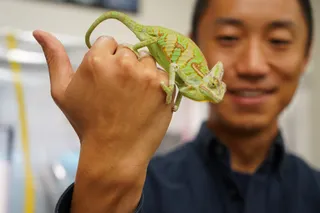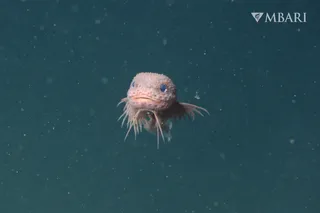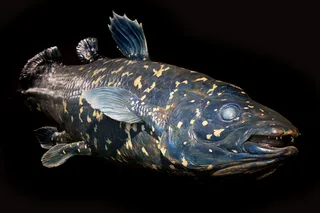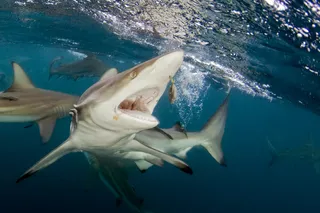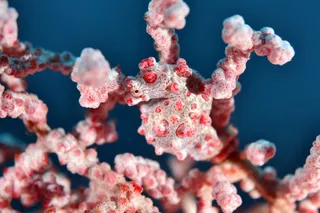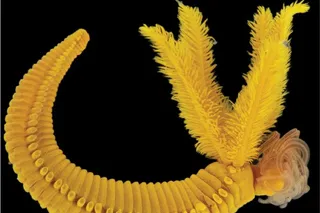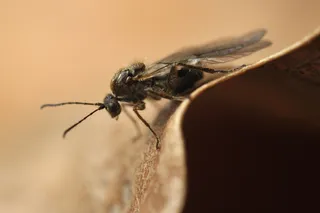The Germanic god Odin tended a smorgasbord of divine duties — healing, death, poetry and knowledge among them — but he might have been a somewhat less powerful one-eyed immortal without his animal helpers. According to Norse texts, ravens named Thought and Mind sat on the god’s shoulders, departing every morning to spy on humans for him.
The old myths about clever animals may have been closer to the truth than science has been for much of its history. Until fairly recently, animals were considered to be unthinking machines and humans the only truly intelligent species. But aided by new tests that allow animals to show their smarts unhobbled by human preconception, scientists have discovered that there may be more similarities between human and animal intelligence than differences. To paraphrase an old hymn: All creatures great and small, we appear to have a cognitive kinship with them all.
Angel Lau
...



